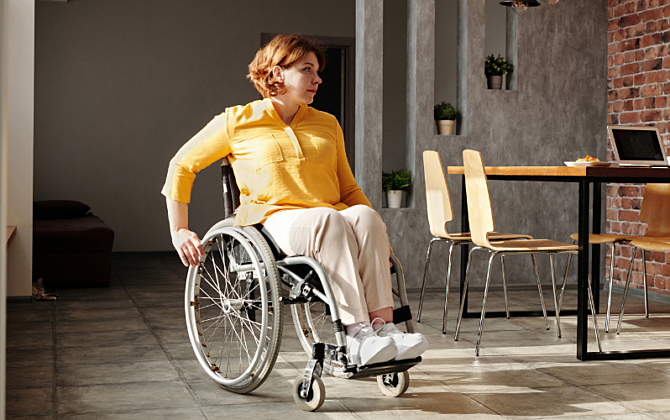Jump to
Spinal cord injury (SCI) results in the loss of function to not only voluntary motor control, but also to the regulatory systems that control bodily processes. Orthostatic (postural) hypotension (OH) is a common clinical feature in SCI patients, affecting up to 73% of patients with cervical spine and upper thoracic spine injuries during mobilisation and postural changes. This often results in symptoms of dizziness, light-headedness, fatigue and confusion, in turn limiting individual participation in physical rehabilitation and restricting progress towards regaining function and independence.
Therapeutic interventions are centred around ameliorating symptoms of OH; however, options for patients remain limited. Non-pharmacological treatments have had little success at treating hypotension in the long-term, while pharmacological interventions are used only when necessary as they may contribute to hypertension and even worsen episodes of autonomic dysreflexia, a life-threatening condition.
Functional Electrical Stimulation (FES) is one of the only interventions that has been shown to display some benefit in improving OH. Recently, stimulation of the lower limbs has been shown to acutely increase blood pressure in patients with SCI. Our recent projects have involved the use of FES applied over the abdominal muscles, termed abdominal FES, for SCI patients at risk of respiratory complications with promising results. As this same population is at risk of orthostatic hypotension, this study aims to determine whether abdominal stimulation can also be used to help this condition.
Based on our previous research, we believe that abdominal FES will increase blood pressure acutely during an orthostatic challenge in individuals with acute spinal cord injury, allowing for a longer time spent in a standing position. This will facilitate more effective rehabilitation, therefore improving quality of life and decreasing associated medical complications.

